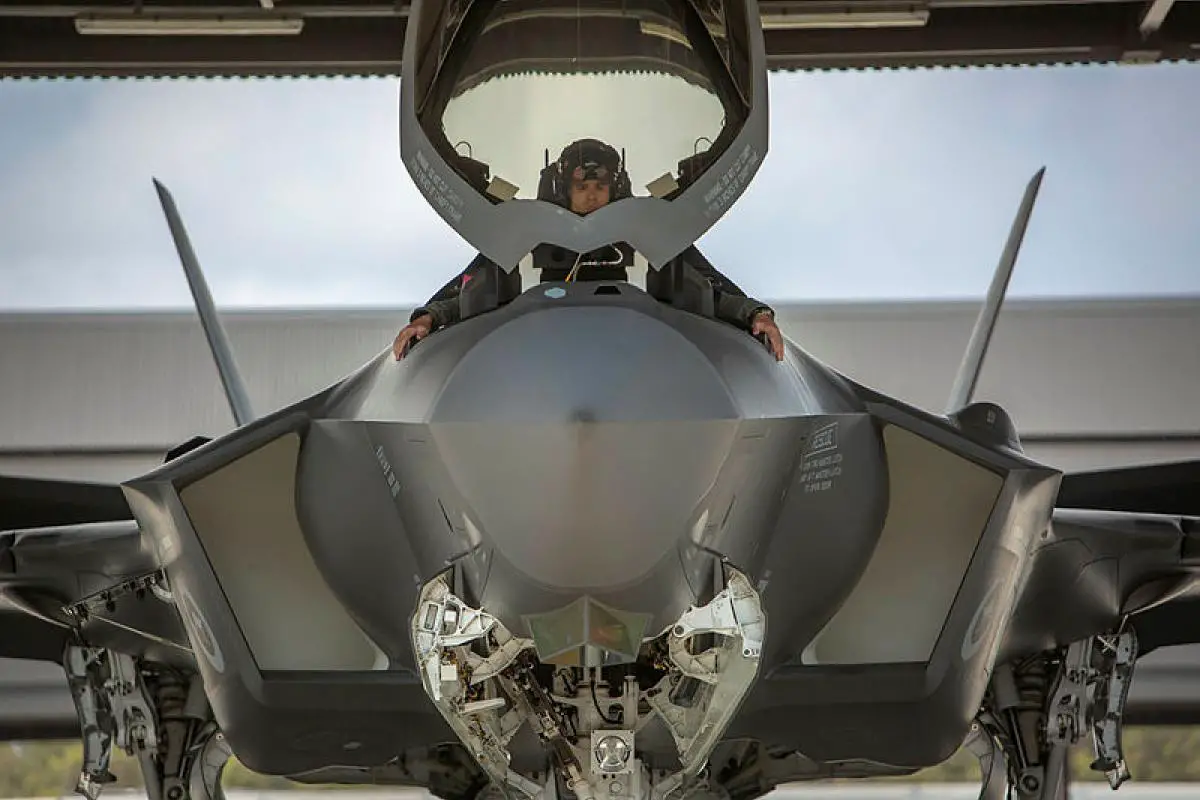Australian F-35A pilots can now conduct multi-ship training missions in the four Full Mission Simulators at the Integrated Training Centre at RAAF Base Williamtown.
This training gives pilots the opportunity to fly more training missions of greater complexity. It is an important part of establishing a sovereign training capability in the lead-up to the anticipated declaration of F-35A Initial Operating Capability in December 2020.
The officer in charge of the F-35 Integrated Training Centre, Squadron Leader Amanda Norris, said simulating four F-35As airborne at once allowed pilots to train in all F-35A roles in a more realistic formation, maximising the capabilities of the aircraft.
“The simulation of four F-35As being flown together trains pilots to lead and fight as a four-ship formation,” Squadron Leader Norris said.
“This four-ship capability is a key component of our training system. It enables four-ship qualified pilots to instruct and qualify others.This instruction and the mission complexity that can be generated is incredibly realistic. Pilots are able to experience scenarios that can be difficult to simulate outside of an actual warlike environment.”
Squadron Leader Norris said each of the four F-35As contributed to the simulated formation in a specific manner.
“Using a combination of their sensors and formation tactics, the multi-ship is able to train four pilots simultaneously in these roles, allowing for the very real human performance in the simulated environment,” she said.
“Each of the simulator cockpits contribute to the others’ situational awareness and together they are able to take on a much more complex adversary.”
Maintainers also use the Full Mission Simulators for F-35A training, honing their skills in engine ground operator training.
Squadron Leader Norris said by January about 100 maintainer students and five pilots would be training in Australia at the Integrated Training Centre.
“Next year we will continue to ensure our training is state-of-the-art and relevant,” she said.
“We will continue to rely on a uniformed and contracted workforce working collaboratively to enable a training capability that is current, flexible, adaptable and responsive to the needs of Air Combat Group and higher Defence priorities.”
















